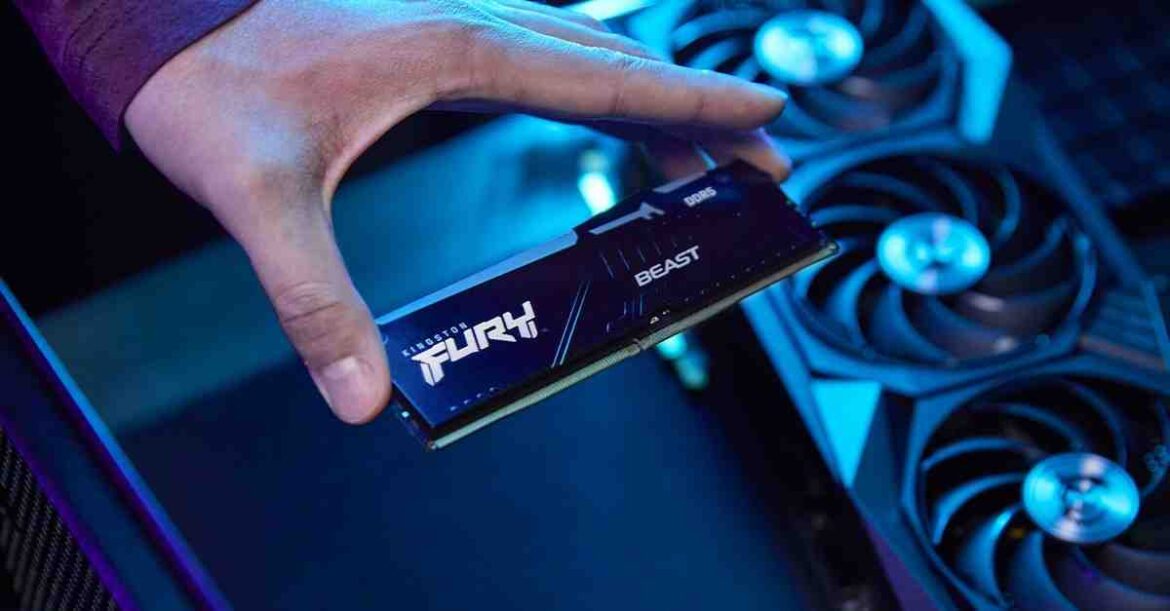How Many Games Can We Play in a 256GB SSD Laptop?
General Gaming Capacity Overview
A 256GB SSD laptop typically offers 220-230GB of actual capacity. After Windows 11 (50-60GB) and essential software (~20GB), you'll have approximately 150-180GB available for gaming. This is suitable for casual gamers who play a few titles at a time and don't mind rotating their library.
📦 Game Size Categories (2025 Standards)
- AAA Titles: 50-200GB each (Call of Duty: 150-200GB, GTA V: 72GB, Red Dead Redemption 2: 150GB)
- Mid-Size Games: 20-50GB each (Apex Legends: 56GB, Fortnite: 26-30GB, Valorant: 50GB)
- Indie/Casual Games: 1-10GB each (Hollow Knight: 9GB, Stardew Valley: 500MB, Hades: 15GB)
- Competitive Esports: 15-50GB each (CS:GO: 15GB, League of Legends: 12GB, Dota 2: 40GB)
🎮 Realistic Gaming Scenarios
- Scenario 1: 1 large AAA game (150GB) + 2 mid-size games (60GB combined) + OS/apps (70GB) = Full capacity
- Scenario 2: 3 AAA games at 50-70GB each (180GB) = Manageable with tight space
- Scenario 3: 5-8 competitive/mid-size games (25-40GB each) = Comfortable for esports players
- Scenario 4: 10-15 indie games (5-10GB each) = Excellent for indie game enthusiasts
For AAA Gaming Enthusiasts
If you're into the latest blockbuster titles, 256GB is restrictive. Games like Call of Duty (150-200GB), Microsoft Flight Simulator (170GB), and Baldur's Gate 3 (150GB) consume massive space. You'll constantly manage storage, deleting finished games to install new ones.
🎯 Top AAA Games Storage Requirements
- Call of Duty: Modern Warfare III: 150-200GB (with Warzone)
- Red Dead Redemption 2: 150GB
- Cyberpunk 2077: 70GB (base) + 50GB (updates/DLC)
- Baldur's Gate 3: 150GB
- Microsoft Flight Simulator: 170GB+
- Starfield: 125GB
💡 Survival Strategies for AAA Gamers
- Install only your current primary game + one backup title
- Delete games immediately after completion (you can reinstall anytime)
- Use cloud gaming services (Xbox Game Pass Cloud, GeForce NOW) to supplement
- Invest in a high-speed external SSD (USB 3.2 Gen 2 or Thunderbolt)
- Monitor game update sizes—some updates add 50GB+ permanently
For Indie & Casual Gamers
Indie game lovers will find 256GB more than adequate. Most indie titles range from 500MB to 15GB, meaning you can maintain a diverse library of 15-25 games simultaneously. This storage capacity is actually ideal for players who prefer variety over graphical intensity.
🎨 Popular Indie Game Sizes
- Stardew Valley: 500MB
- Hollow Knight: 9GB
- Celeste: 1.2GB
- Hades: 15GB
- Dead Cells: 2GB
- Terraria: 200MB
- Undertale: 200MB
- Cuphead: 4GB
✨ Advantages for Indie Gamers
- Maintain a large, diverse game collection without storage anxiety
- Quick downloads and installations (most indie games download in minutes)
- Still have ample space for game recording/streaming software
- Can explore multiple genres simultaneously (roguelikes, platformers, RPGs)
- Room for game mods and custom content
For Budget-Conscious Gamers
Budget gamers focusing on free-to-play titles and competitive games will find 256GB workable. Games like Fortnite (30GB), Apex Legends (56GB), League of Legends (12GB), Valorant (50GB), and CS:GO (15GB) can coexist with strategic management, giving you a solid competitive gaming setup.
💰 Free-to-Play Game Storage Guide
- Fortnite: 26-30GB
- Apex Legends: 56GB
- Valorant: 50GB
- League of Legends: 12GB
- CS:GO/CS2: 15-30GB
- Warframe: 35GB
- Genshin Impact: 70GB
- Rocket League: 30GB
🎯 Optimal Budget Gaming Setup (256GB)
- 3-4 competitive multiplayer games: 100-120GB
- 2-3 single-player indie games: 15-25GB
- Essential software & streaming apps: 20-30GB
- Reserve space for updates: 20-30GB
- Total managed capacity: 155-205GB (comfortable buffer)
Storage Management Best Practices
With proper management techniques, you can significantly extend your gaming capacity on a 256GB SSD. These practices include cleaning temporary files, moving documents to cloud storage, uninstalling bloatware, and using game library features to manage installations efficiently.
⚙️ Essential Storage Optimization Techniques
- Run Disk Cleanup regularly: Remove temporary files, Windows update cache (can free 10-20GB)
- Disable hibernation: Saves space equal to your RAM size (often 8-16GB)
- Move user folders to cloud: Documents, Pictures, Videos to OneDrive/Google Drive
- Uninstall unused pre-installed software: Bloatware can consume 5-15GB
- Use Storage Sense (Windows 11): Automatically delete temporary files
- Compress game files: Some launchers (Steam) offer compression options
📊 Game Library Management Strategies
- Steam Library Manager: Easily move games between drives
- Epic Games selective downloads: Skip high-resolution texture packs
- Uninstall completed single-player games: Your progress saves to cloud
- Monitor game update sizes: Decline optional HD texture packs
- Use "Verify Files" instead of reinstalling: Saves download time and bandwidth
- Schedule game rotations: Play 2-3 titles per month, rotate quarterly
⚠️ What NOT To Store on Your Gaming SSD
- Video/photo libraries (use external HDD or cloud storage)
- Old documents and archives (move to cloud or external drives)
- Large media projects (video editing files, raw photos)
- Downloaded installation files (re-download when needed)
- Browser cache and temporary internet files (clean regularly)
Upgrade & Expansion Solutions
If 256GB proves insufficient, you have multiple upgrade paths. Modern solutions include upgrading your internal SSD (if laptop allows), adding external SSDs via USB-C, or implementing a dual-drive system with SSD for active games and HDD for archived titles.
🔧 Internal Upgrade Options
- Check laptop upgradeability: Many laptops have M.2 or 2.5" SATA slots
- Upgrade to 512GB SSD: Sweet spot for most gamers (~$40-70)
- Upgrade to 1TB SSD: Recommended for serious gamers (~$80-120)
- Add second M.2 drive: If laptop has dual M.2 slots (check specifications)
- Professional installation: Consider warranty implications before DIY
💾 External Storage Solutions
- External SSD (USB 3.2/Thunderbolt): Best for frequently played games, similar performance
- External HDD (USB 3.0): Budget option for game archive and storage
- NVMe Enclosure: Convert spare NVMe drives to portable storage
- Recommended brands: Samsung T7/T9, SanDisk Extreme, WD Black series
- Performance tip: USB 3.2 Gen 2 (10Gbps) offers near-internal SSD speeds
🎮 Hybrid Gaming Setup Strategy
- Internal 256GB SSD: Windows, essential apps, 2-3 current games (150GB)
- External 500GB-1TB SSD: Game library, older/completed titles (500GB+)
- Cloud Storage: Game saves, documents, media files
- Game streaming services: Supplement with Xbox Game Pass Cloud, GeForce NOW
- Smart rotation: Move active games to internal SSD, archive to external
🌐 Cloud Gaming Alternatives
- Xbox Game Pass Cloud: Play 100+ games with zero local storage
- GeForce NOW: Stream your existing game library
- PlayStation Plus Premium: Cloud streaming for PS titles
- Amazon Luna: Growing library of cloud-streamed games
- Requirements: Stable 25+ Mbps internet, low latency (<50ms ping)


